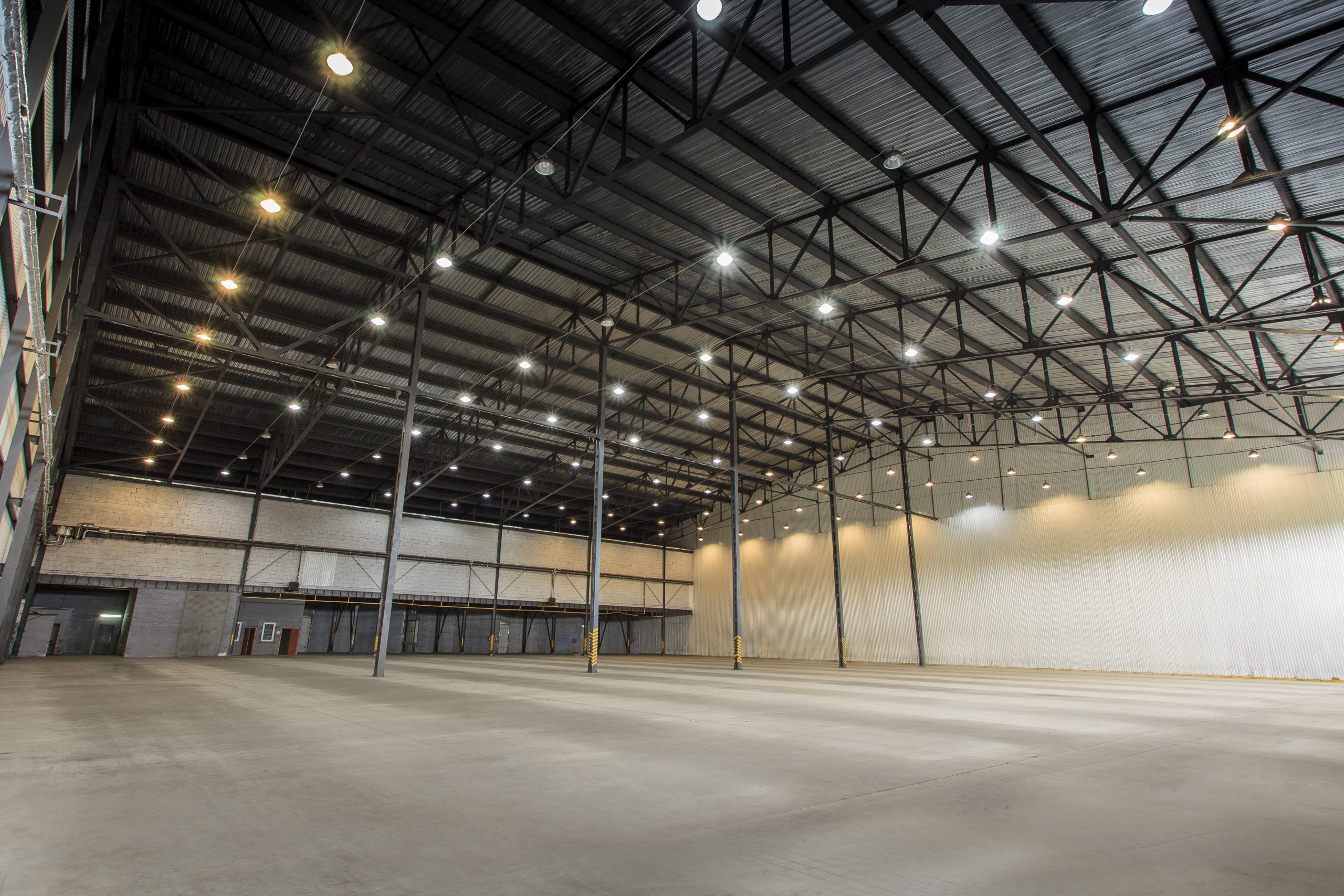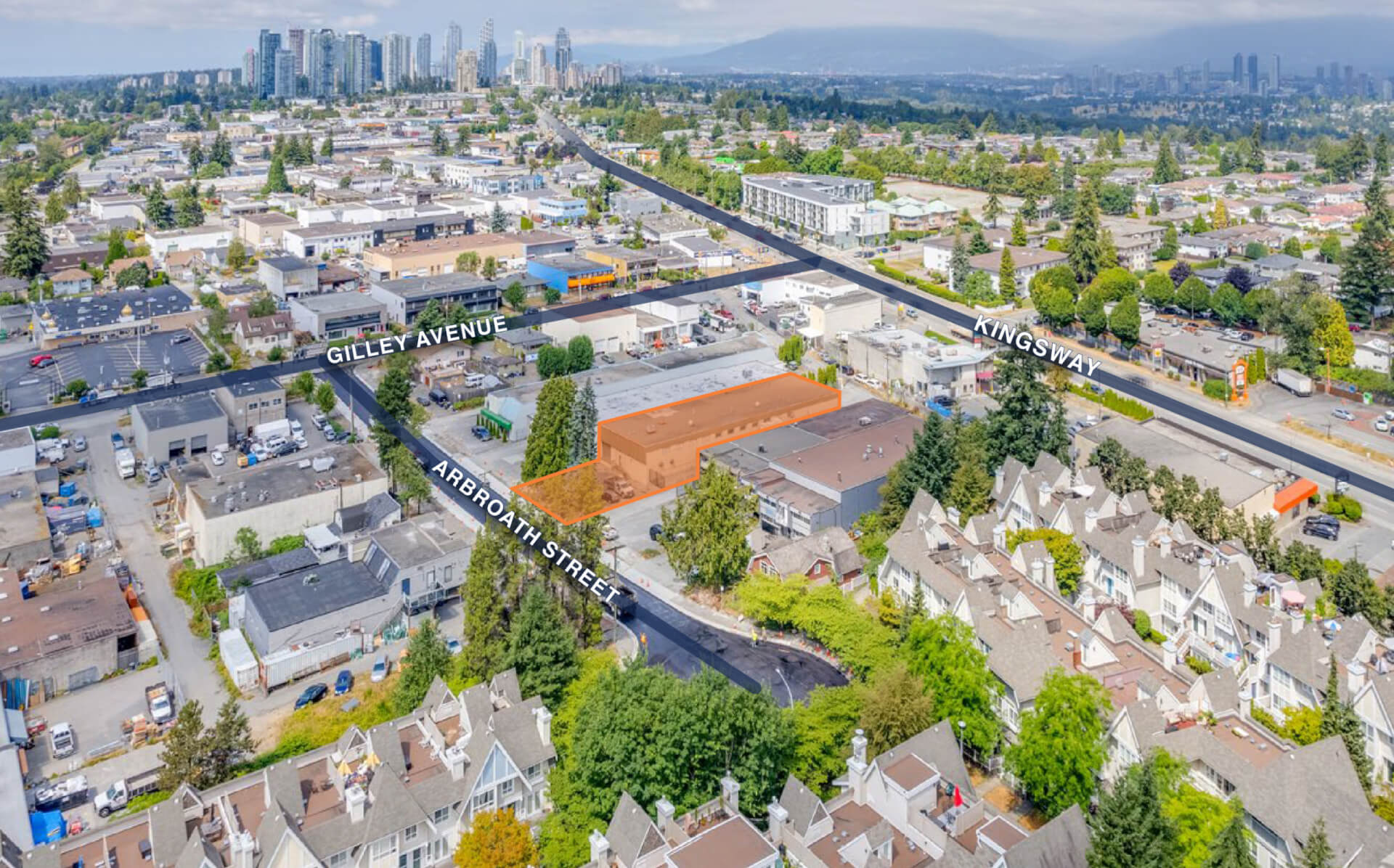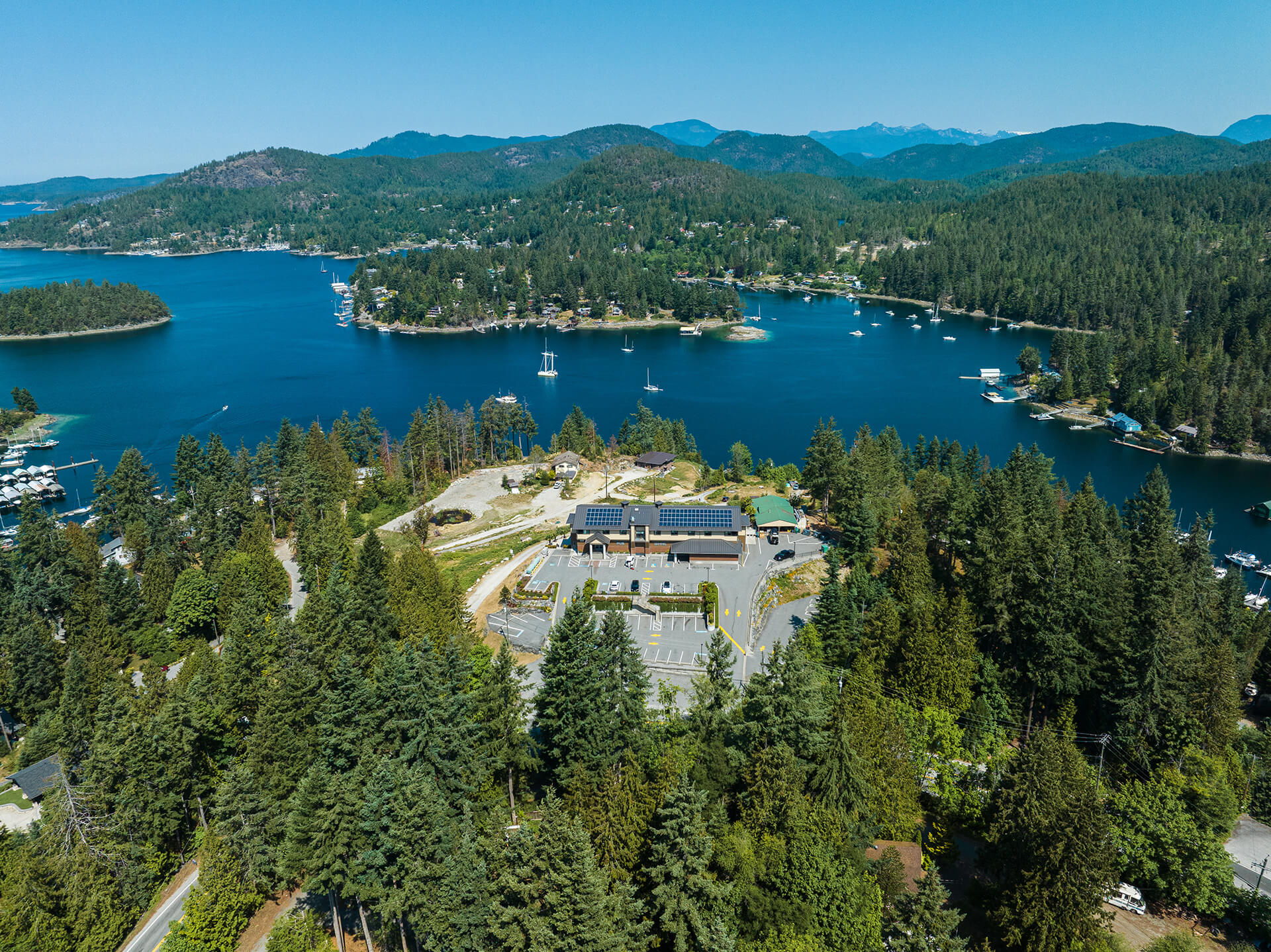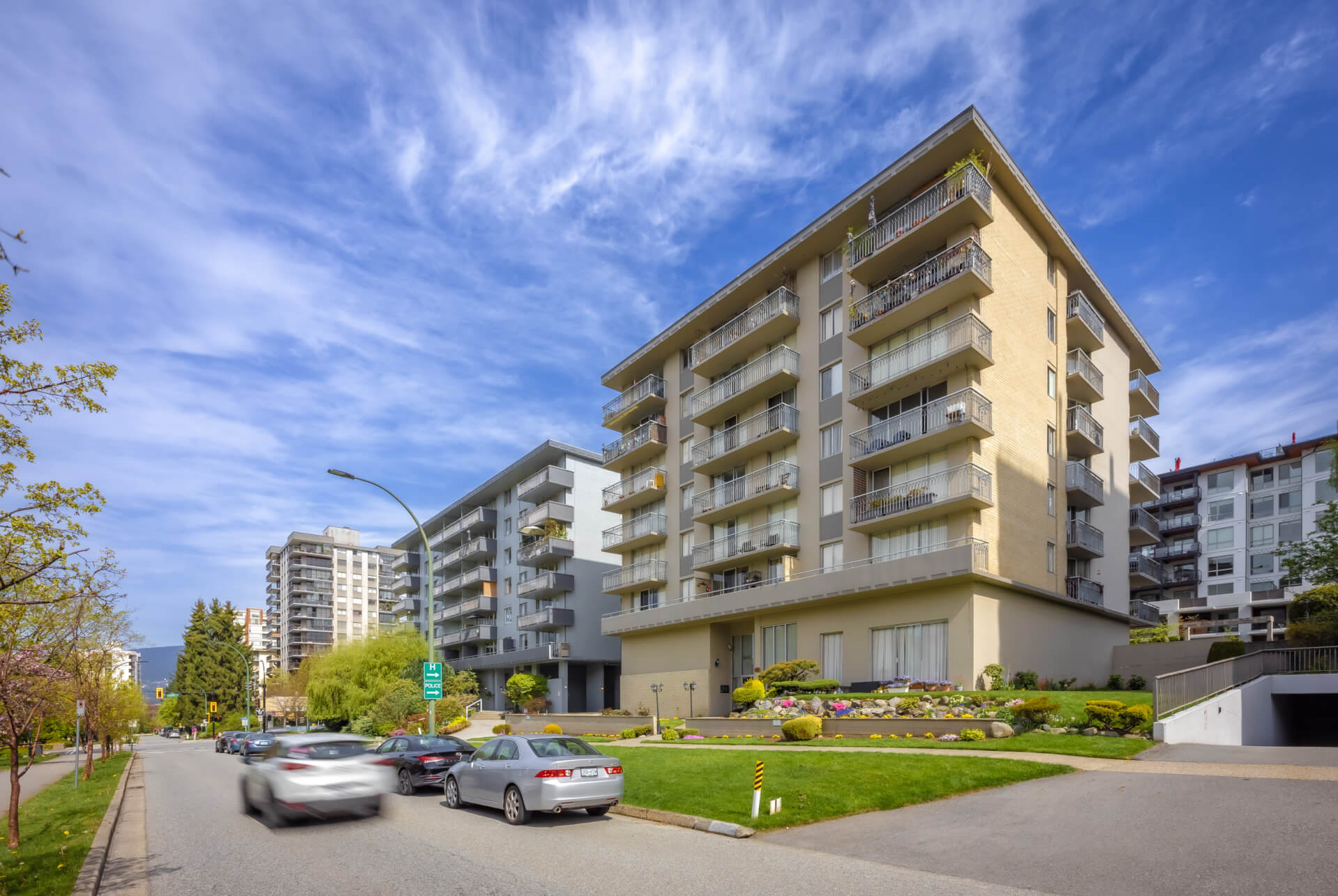ughout 2022, the Bank of Canada has been continuing their policy of aggressive quantitative tightening resulting in five large interest rate hikes over six months. Paired with sky-high inflation rates, the risk of recession is present. However, unrelenting demand for industrial space amid low vacancy rates and a critical land shortage for future development has outweighed the effect of interest rates and inflation to keep Metro Vancouver’s industrial market strong.
Limited land for development is one of the key factors driving the market. The City of Surrey made a vital move last quarter to combat demand by expanding the Campbell Heights industrial park to the south by 552 acres, 400 of which will be mixed-employment allowing industrial projects. This may eventually add over 8.5 million SF of building area to Surrey, along with thousands of jobs. Relief from this step will not be felt until the land is developed years into the future, but is needed nonetheless. The hope is that other cities follow suit, especially those in the Fraser Valley including Langley and Abbotsford.
Another way to tackle the obstacle of land constraints is to build multi-level industrial projects. This trend was first seen with Oxford’s Riverbend Industrial Park in Burnaby, which Amazon has been operating in as of August. Now, Wesgroup is bringing the first of this kind of build to the Tri-Cities with ELEVATE in Coquitlam — a 125,000 SF stacked industrial facility coming in 2024. Densification with multi-storey industrial is a creative route for developers and builders to rationalize construction costs and maximize use of the land. The expectation is that more of these stacked projects will be seen in the coming years as they prove to be successful developments.
Forecasted net deliveries for the year is set to out-pace the past few years at 6.2 million SF, with 2023 projected even higher. However, these projects coming to market will not add much relief on demand. Of the nearly 9 million SF currently under construction, 80% is pre-leased or pre-sold. We anticipate that high lease rates and sale prices will persist, but sales transactions may begin to slow in the coming quarters as some potential buyers may not be able to afford lofty prices paired with the high cost of borrowing. Vacancy is expected to remain low, so tenants will have to consider peripheral markets or less optimal options in the search for space.
Continue reading our Q3 2022 Industrial Market Report to find out the latest trends in each submarket.
Stay in the know with market information delivered right to your inbox – subscribe now.






